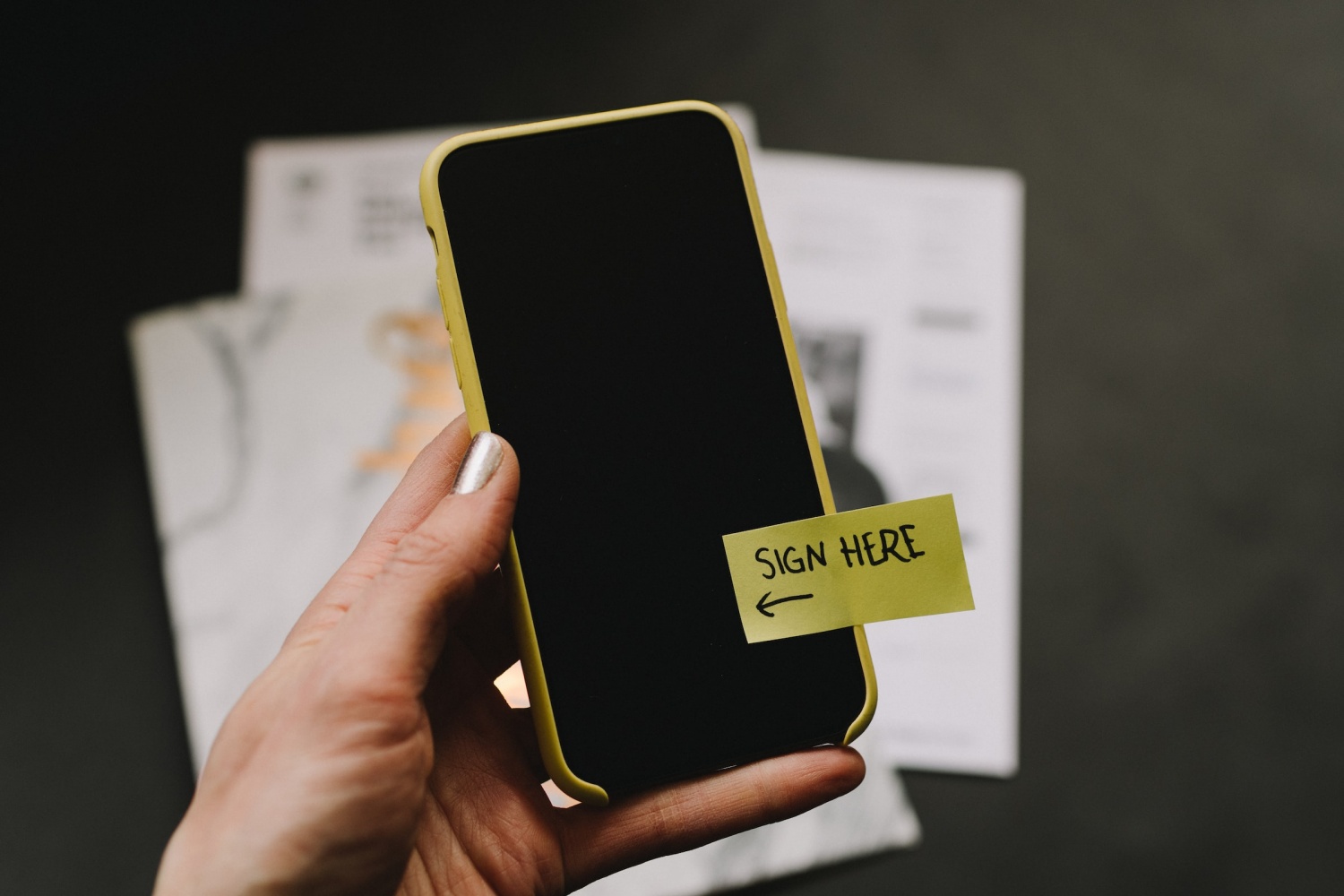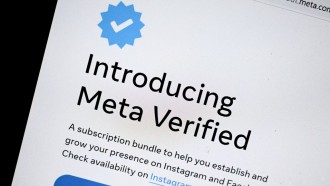
Businesses and organizations all over the world are increasingly relying on electronic signatures. These are almost universal now, replacing ink signatures at almost every level. But are electronic signatures as secure as they are popular? And what steps can you take to make sure all your eSignatures remain as secure as possible?
The Basics of eSignature Security
Let's start with the basics of how eSignatures work - and how they can remain secure.
The inner workings of most digital signature platforms are quite complex, utilizing cryptographic hashes and public keys to record data. Additionally, each electronic signature platform works slightly differently, offering a different range of features and different programmatic approaches. But basically, eSignature platforms use advanced technology for the following goals:
- Verify the identity of the signer. First, the platform needs to verify the identity of the signer. Initially, this can be done with an email, a text message, or another form of communication that can prove the recipient is the person they claim to be. Beyond that, the signer can create an account, with a secure password, and choose to verify their identity in multiple different ways by enabling multifactor authentication. Because of this, it's nearly impossible to forge a digital signature unless you can completely steal the signer's login credentials and identity.
- Timestamp and track the signature. Digital signature software also provides a timestamp and an immutable recording of where and how the document was signed. If the signature's authenticity or integrity is ever questioned, auditors can use this information to show exactly when and where someone signed this document. It may be able to prove that the signer did, in fact, sign this document, or it may lead to discovering the identity of the forger.
- Make the document tamper-proof. In most digital signature platforms, users have the option to make the document tamper-proof after it's signed. In other words, a copy of the document is preserved permanently, with no other users allowed to make changes after everyone has signed the document. Users can rest assured the contract they read and reviewed is not going to change without their knowledge.
- Generate an audit trail to prove record integrity. Finally, these platforms can generate an audit trail to prove the integrity of the record. If there are any changes made in the future, this will record them. And if any piece of the process is questioned, this data can prove, definitively, what happened.
Because of these features, you could make the argument that electronic signatures are actually more secure than physical signatures. These are just a few of the reasons why:
- Signatures can't be physically destroyed. If you sign a paper contract with a pen, and that contract is destroyed in a fire, would you be able to prove that you actually signed it? Physical signatures risk physical destruction, but this isn't the case for digital documents with sufficient backups.
- Identities are harder to forge. In a digital environment, it's much harder to forge a signature. Instead of merely replicating the handwriting of the victim, criminals are forced to imitate their identity in multiple different ways. Accordingly, most forgers don't bother with replicating digital signatures.
- Audit trails prove lack of interference. If you have any doubts or concerns about the security or integrity of the system, you can consult an audit trail and see for yourself whether there was any external interference.
Taking Security Seriously
That said, electronic signatures aren't perfectly secure, as there's no such thing as "perfectly secure." If you want to keep your digital signatures and paperwork as secure as possible, you'll need to comply with the following:
- Read what you're signing. Many people sign contracts and other pieces of important paperwork without really reading them. In both physical and digital environments, this should be discouraged. You should always take a moment to read what you're signing - or get the help of someone who better understands legalese.
- Use trusted eSignature software. Not all eSignature platforms are equally secure. Make sure you do your due diligence before choosing which platform you use in your business.
- Keep everything up to date. Companies typically issue security patches to close vulnerabilities and keep their software as secure as possible. But you can only take advantage of these free security updates by downloading and installing them. Make sure you keep all your devices and software platforms up to date at all times.
- Enable multifactor authentication. If you have the option, enable multifactor authentication. Some users are reluctant to do this because they don't want to take an extra step when logging in. But this extra step could be what stops a motivated cybercriminal from being able to mimic your identity. Each login only takes a few seconds longer, so it's generally worth the inconvenience.
- Keep your password secure. Strong passwords offer much greater security than their weak counterparts, since they're harder to guess and can't be easily brute-forced. It's your responsibility to choose a strong password and keep it safe. Include as many characters as possible, include a mix of different types of characters, and make sure there are no easily identifiable patterns in the mix of characters you choose.
Electronic signatures may not be perfect in terms of security, but no technology is perfectly secure. Digital signatures are generally more secure than their physical counterparts, though it's on you to follow best security practices to maximize the integrity of your work.
* This is a contributed article and this content does not necessarily represent the views of techtimes.com





